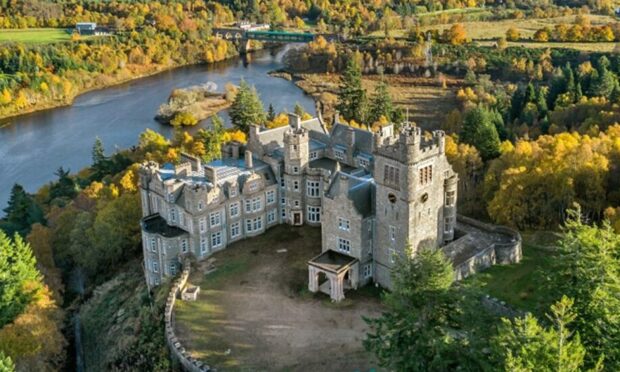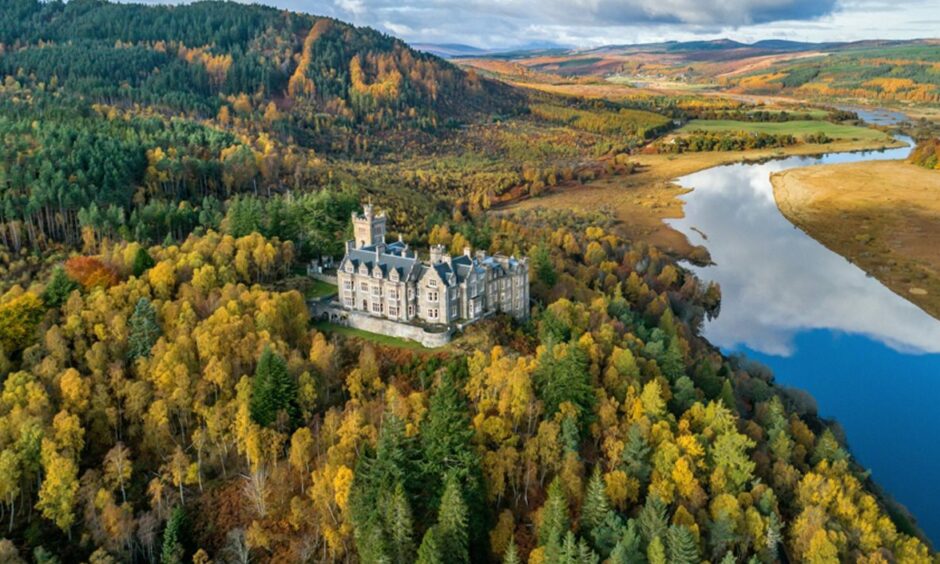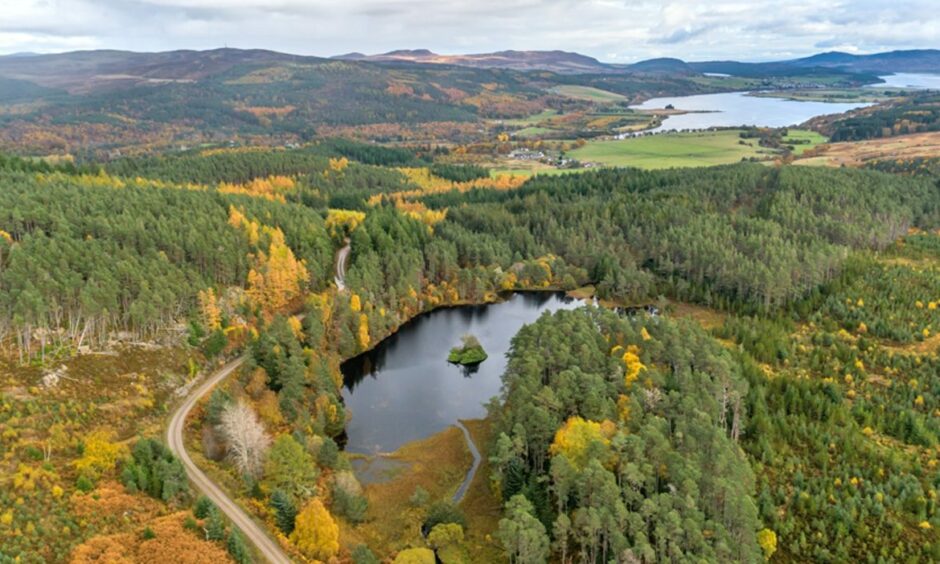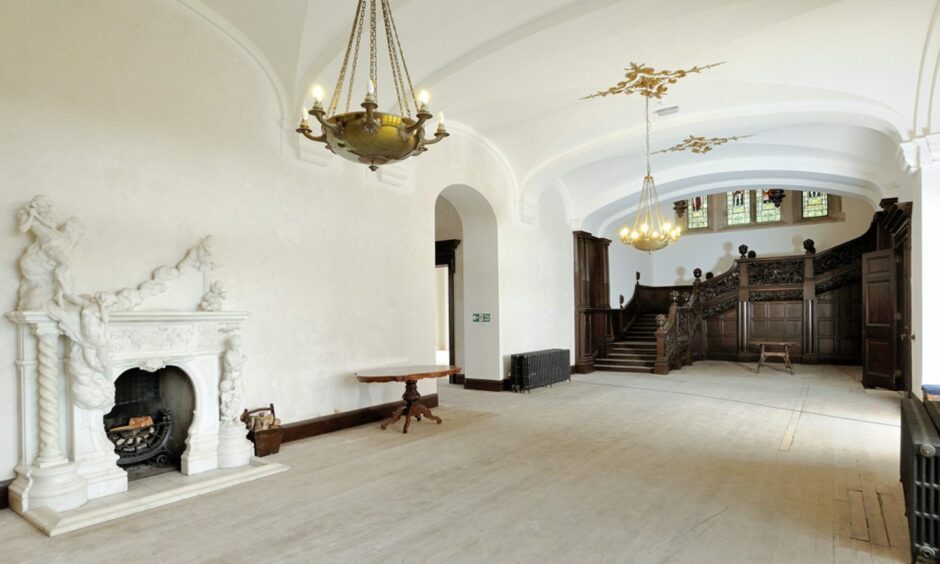The historic Carbisdale Castle is up for sale again, with a reduced asking price, after a deal to buy the landmark fell through.
It is the third time in six years the hilltop building in Sutherland has been on the market.
Last year it was offered for sale at £1.5 million and attracted international interest from private buyers, hoteliers and charitable organisations.
Castle offers ‘world class residential or commercial opportunity’
A potential buyer was found, but the purchase was not completed.
However, it is now being advertised again as a “world-class residential or commercial development opportunity” at offers over £1.2 million.
Selling agents Strutt and Parker say Carbisdale is “one of Highland Scotland’s most iconic castles”.
Robert McCulloch, Strutt and Parker’s head of estates and farm agency, Scotland, said: “It’s frustrating for the sellers and frustrating for the people who were very keen to buy it.
“But the finance arrangements they had in place were not strong enough to commit to the purchase and to the renovation costs required.
“So, with reluctance, they have had to withdraw.
“It is now back on the market, as happens from time to time with property sales.
“It’s priced to attract interest and we hope to find someone who can conclude a sale this time.
“It attracted interest last year and I’ve no doubt it will again because of the iconic nature of the castle and its location.
“Also, relative to other buildings of its size and style in other parts of the world, it looks pretty good value.”
Mr McCulloch said Carbisdale’s current owners are keen to find a buyer who has the ideas and resources to complete the purchase and develop the building.
All options are open
“It needs someone who has a plan and the vision and the ability to see it through.
“Whether that is an organisation or an individual, and whether it’s for commercial use or private use, all options are open.
“Our clients are responsible people so they want to find someone with the best interests of the building and of the community at heart.
“They have a keen desire to see the building restored in such a way that is sustainable for the long term.
“If that is in such a way that is providing local economy benefit, then so much the better.
Carbisdale Castle was built between 1905 and 1917 for Mary Caroline, Duchess of Sutherland, the second wife of George Sutherland-Leveson-Gower, 3rd Duke of Sutherland.
It was bought in 1933 by Colonel Theodore Salvesen, a Scottish businessman of Norwegian extraction.
He offered it as a safe refuge for King Haakon VII of Norway and Crown Prince Olav, during the Nazi occupation of Norway in World War II.
During that time, the castle was also used for important strategic meetings.
King Haakon VII made an agreement at the Carbisdale Conference in June 1941 that the Russian forces, should they enter Norwegian territory, would not stay there after the war.
Carbisdale Castle was a youth hostel for more than 60 years
After the colonel died, his son, Captain Harold Salvesen, inherited the castle and gave its contents and estate to the Scottish Youth Hostel Association (SYHA).
It then operated as a youth hostel for more than 60 years.
Between 2012 and 2014 the SYHA spent around £2 million on structural work and repairs.
But eventually the costs of maintaining the castle and its contents became untenable and it was offered for sale.
It was bought in 2016 by London-based investment firm FCFM Group.
It intended to restore the B-Listed building near Ardgay as a world-class private residence.
Plans included 19 en-suite bedrooms, five reception rooms, cinema, office, a self-contained apartment, catering kitchen and a spa facility featuring swimming pool, therapy treatment rooms and a gym.
Listed building consent for this development was approved in August 2018 but the plan was later put “on hold”.



